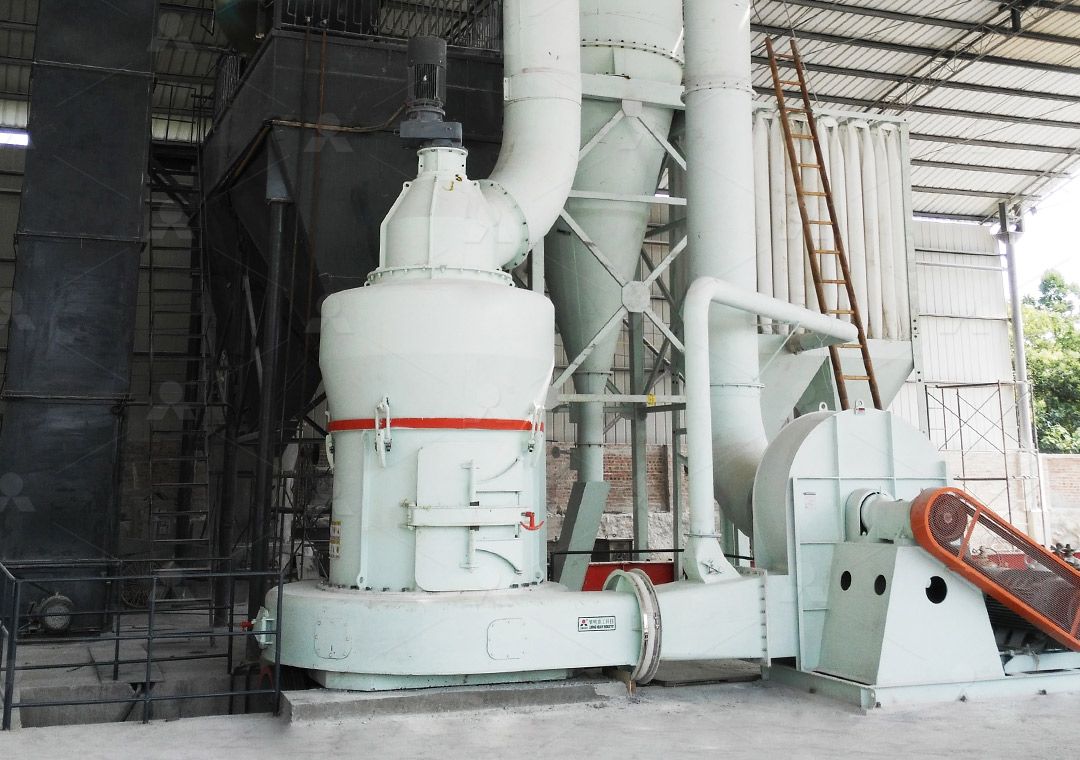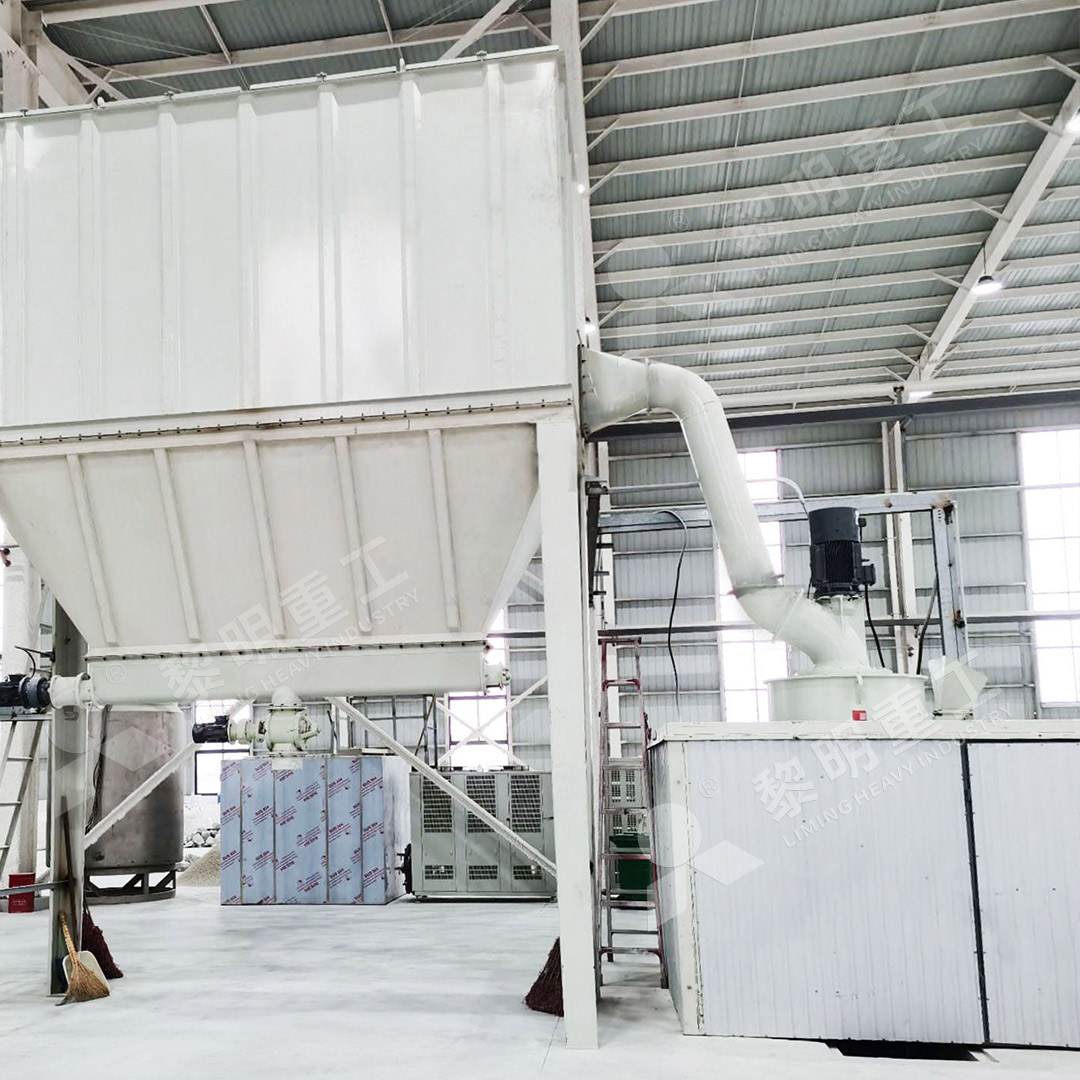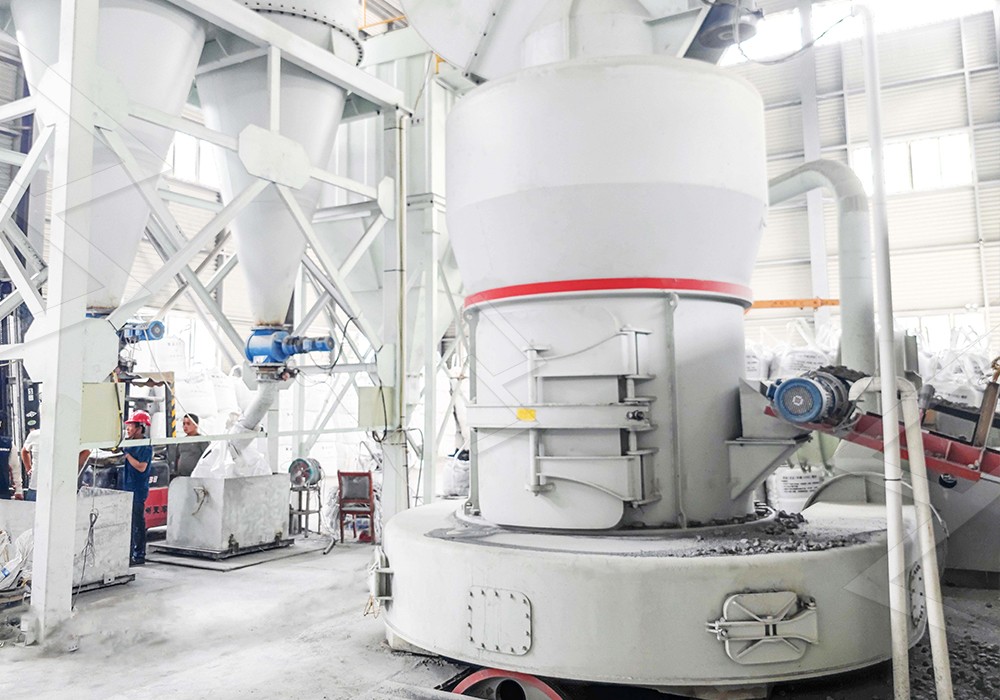Raymond Mill Price for Limestone Grinding
Understanding Raymond Mill Pricing for Limestone Applications
When evaluating Raymond mill prices for limestone grinding operations, several critical factors come into play. The initial equipment cost represents just one component of your total investment. Operational efficiency, maintenance requirements, and production output significantly impact your long-term return on investment. For limestone processing specifically, the choice between traditional Raymond mills and more advanced grinding technologies can make a substantial difference in both performance and operational costs.

Traditional Raymond mills have served the industry well for decades, offering reliable performance for medium-fine grinding applications. However, technological advancements have introduced more efficient alternatives that deliver superior results for limestone processing. The key is matching your specific production requirements with the right equipment characteristics.
Key Factors Influencing Raymond Mill Pricing
Several elements directly affect Raymond mill pricing structures. Production capacity requirements represent the most significant factor, with prices scaling according to throughput capabilities. For limestone grinding, typical Raymond mills handle 0.6-5 tph, while more advanced models can process significantly higher volumes. The required fineness of your final product also impacts cost, as achieving finer powders demands more sophisticated separation technology and precision engineering.
Additional cost considerations include the mill’s construction materials, with wear-resistant alloys commanding premium prices but delivering longer service life. Automation features, dust collection systems, and energy efficiency technologies also contribute to both initial investment and long-term operational savings. When evaluating prices, consider the total cost of ownership rather than just the purchase price.
Advanced Alternatives for Superior Limestone Processing
For operations requiring ultra-fine limestone powders or higher production capacities, traditional Raymond mills may not represent the optimal solution. Our MW Ultrafine Grinding Mill offers exceptional performance for limestone applications, producing powders between 325-2500 meshes with significantly higher efficiency. With an input size of 0-20 mm and capacity ranging from 0.5-25 tph, this advanced system delivers 40% higher production capacity compared to jet mills and twice the output of ball mills, while consuming only 30% of the energy of jet grinding systems.

The MW series incorporates German cage-type powder selector technology for precise particle separation and features a unique design that eliminates rolling bearings and screws from the grinding chamber. This innovative approach prevents common failure points and enables continuous 24-hour operation. The integrated pulse dust collector and muffler system ensures environmentally compliant operation, addressing growing concerns about industrial emissions and workplace safety.
Making the Right Investment Decision
Selecting the appropriate grinding equipment requires careful analysis of your specific operational needs. For high-volume limestone processing with strict fineness requirements, our LUM Ultrafine Vertical Grinding Mill presents another compelling option. Combining Taiwanese grinding roller technology with German powder separating technology, this system handles input sizes of 0-10 mm with capacities of 5-18 tph. The LUM mill’s unique roller shell and lining plate grinding curve design generates material layers more effectively, enabling high rates of finished products through single-pass milling.
This vertical grinding solution incorporates double position-limiting technology for stable operation and features a reversible structure that simplifies maintenance procedures. The PLC control system and multi-head powder separating technology allow precise control over grinding parameters, reducing energy consumption by 30-50% compared to conventional mills.

Frequently Asked Questions
What is the typical price range for a Raymond mill suitable for limestone grinding?
Raymond mill prices vary significantly based on capacity, features, and technological sophistication. Basic models start around $XX,XXX while advanced systems with higher automation and efficiency features can reach $XXX,XXX. The MW Ultrafine Grinding Mill typically falls in the $XX,XXX to $XXX,XXX range depending on configuration.
How does the MW Ultrafine Grinding Mill compare to traditional Raymond mills for limestone applications?
The MW series offers substantially higher efficiency, producing 40% more output than jet mills and double the capacity of ball mills while using 30% less energy than jet grinding systems. It also achieves finer powder specifications (325-2500 meshes) with superior precision.
What maintenance advantages do advanced grinding mills offer?
Modern designs like the MW Ultrafine Grinding Mill eliminate rolling bearings and screws from the grinding chamber, preventing common failure points. External lubrication systems enable maintenance without shutdown, supporting continuous 24/7 operation.
How important are environmental features in modern grinding mills?
Environmental compliance has become critical. The MW series includes efficient pulse dust collectors and noise reduction technology that meet stringent international standards, avoiding potential regulatory issues and workplace safety concerns.
What production capacity should I consider for a medium-sized limestone processing operation?
For operations processing 10-20 tons of limestone daily, the MW Ultrafine Grinding Mill with its 0.5-25 tph capacity range provides flexible scaling options. The LUM Vertical Grinding Mill (5-18 tph) also serves this range effectively with different technological advantages.
